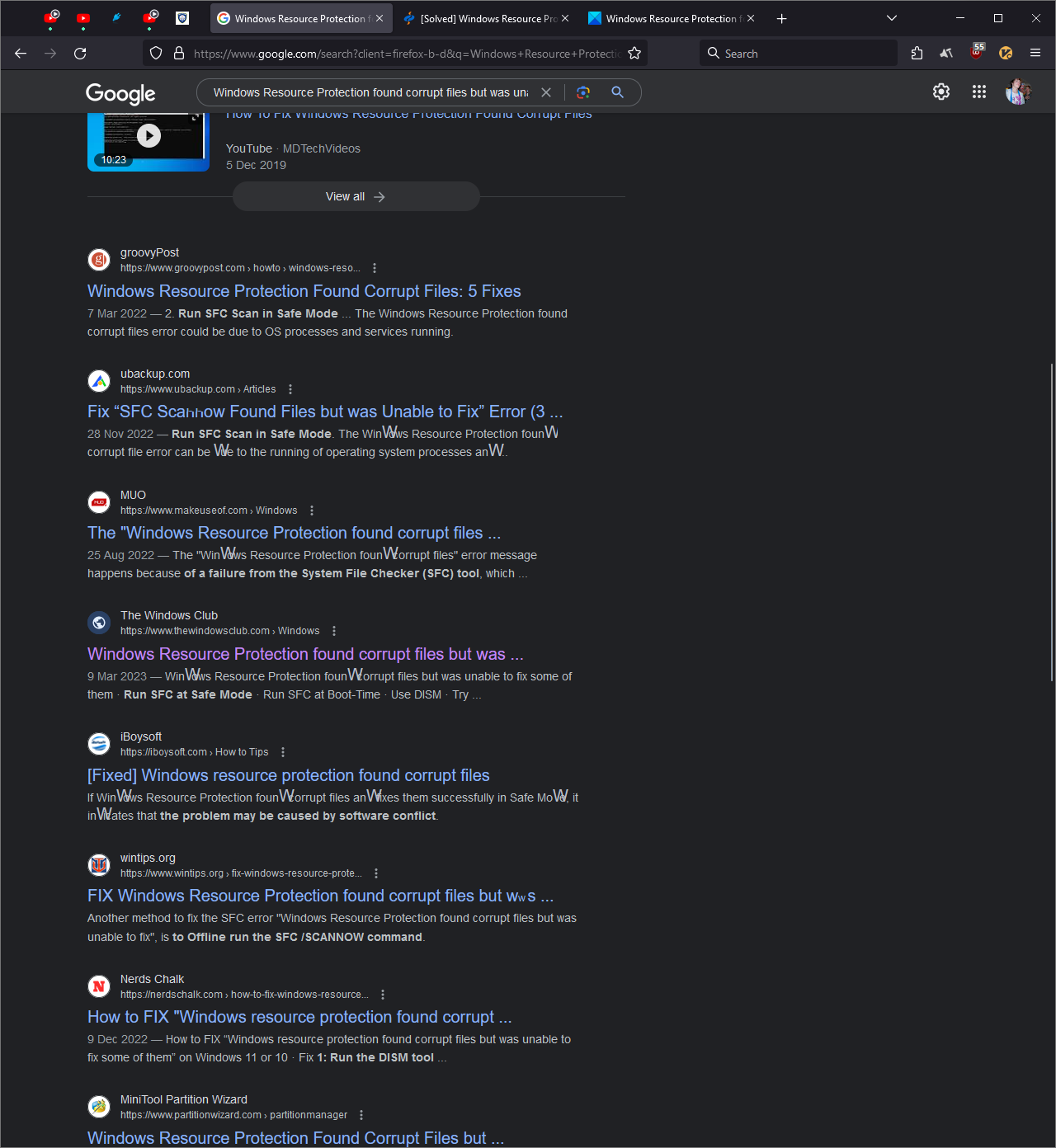This doesn't seem overly useful.
It's a list taken out of a bunch of books with no regard for how something can be the best path in one language and a smell in another language.
Look at this page for example: https://luzkan.github.io/smells/imperative-loops
It suggests using functional loop methods (.map(), .reduce(), .filter()) instead of using imperative loops (for, for in, for each) but completely disregards the facts that imperative loops also have access to the break, continue, and return keywords to improve performance.
For example: If I have an unsorted list of 1000 cars which includes a whole bunch of information per car (e.g. color, year manufactured, etc...), and I want to know if there were any cars were manufactured before the year 1980, I can run an imperative loop through the list and early return true if I find one, and only returning false if I haven't found one by the end of the list.
If the third car was made in 1977, then I have only iterated through 3 cars to find my answer.
But if I were to try this with only functional loops, I would have to iterate through all 1000 cars before I had my answer.
A website with blind rules like this is going to lead to worse code.

Watching web developers react to this change on mastodon has been... interesting to say the least